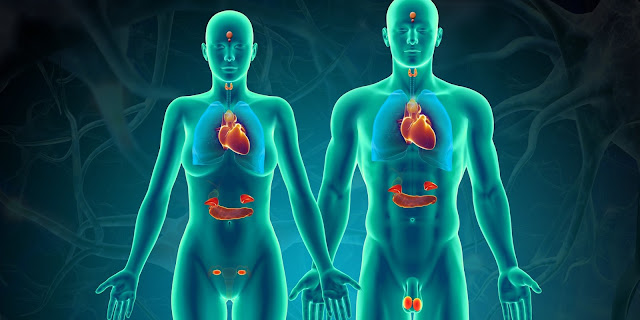Understanding Chemical Composition and Properties of Benzene, Toluene, and Xylene
Benzene, toluene, and xylene (BTEX) are aromatic hydrocarbons that are commonly found together in fossil fuels like oil and gasoline. Each has its own unique chemical formula and structure:
- Benzene (C6H6) is composed of six carbon atoms bonded together in a ring with
one hydrogen atom attached to each carbon. This ring structure is what gives
benzene and other aromatic compounds their name. Benzene has a boiling point of
80.1°C and evaporates easily at room temperature.
- Toluene (C7H8) contains a methyl group (CH3) attached to one of the carbon
ring positions in benzene. This makes toluene slightly less volatile than
benzene, with a boiling point of 110.6°C.
- Xylene is the name given to three isomer compounds with the formula C8H10 -
ortho-xylene, meta-xylene, and para-xylene. In each, a methyl group is attached
to one of the carbon atoms in a benzene ring. Xylenes have boiling points
between 138-144°C, making them less volatile than benzene and toluene.
Because they readily evaporate at environmental temperatures, Benzene,
Toluene, And Xylene compounds are commonly found as air pollutants in
both indoor and outdoor settings where petroleum products are used, stored, or
transported. Their light aromatic rings also make them highly soluble in
non-polar organic solvents.
Exposure Pathways and Health Effects
As a result of their chemical and physical properties, human exposure to BTEX
usually occurs through inhalation of vapors or ingestion of contaminated water
or food. Dermal contact may also contribute to exposure in occupational
settings.
Short-term, high-level exposure to benzene, toluene, and xylene via inhalation
can cause dizziness, nausea, eye/skin/respiratory irritation, and in more
severe cases, depression of the central nervous system leading to
unconsciousness. Long-term or repeated exposures are linked to more serious
health impacts:
- Benzene is a established human carcinogen associated with leukemia and other
blood cancers. It can also damage the immune and central nervous systems.
- Toluene exposure has been tied to effects on the developing fetus as well as
impacts on the nervous system like fatigue, confusion, and headaches. It is
sometimes used as an intentional inhalant.
- Xylenes may cause similar neurological symptoms as toluene as well as
irritation of the skin, eyes, nose, and throat. Long-term exposure has been
linked to impacts on the liver, kidneys, and lungs.
Environmental Occurrence and Regulations
Fossil fuel production, distribution, and combustion operations are major
sources of BTEX releases into the air, water, and soil. Due to their widespread
use, gasoline stations, industrial solvents, paints, and adhesives are also
significant environmental polluters. Once in the environment, benzene, toluene,
and xylene can seep into groundwater from leaky storage tanks or move through
the air via evaporation and wind currents.
To protect public health, numerous regulations have been adopted governing BTEX
levels in various media:
- Drinking water standards limit benzene to 5 parts per billion and toluene/xylenes
to 1 part per million each.
- Indoor and ambient air quality standards cap annual benzene levels at under 1
microgram per cubic meter.
- Gasoline specifications restrict benzene content to less than 1% by volume
nationally. Some states and Canada have set even lower limits.
- The EPA designates benzene, toluene, and xylene as hazardous air pollutants
that require strict control technology on industrial emission sources.
- Workplace exposure limits aim to keep 8-hour time-weighted average concentrations
of BTEX well below recommended occupational exposure limits.
- Leak detection and spill prevention programs are mandated at underground
storage tank facilities to reduce soil and groundwater contamination risks.
When properly managed according to regulations, exposures to BTEX from
environmental sources can generally be kept at levels not expected to cause
harm to public health. Continued monitoring and pollution controls remain
important due to their widespread distribution and toxicity.
Get
more insights on Benzene,
Toluene and Xylene
About Author:
Money
Singh is a seasoned
content writer with over four years of experience in the market research
sector. Her expertise spans various industries, including food and beverages, biotechnology,
chemical and materials, defense and aerospace, consumer goods, etc.
(https://www.linkedin.com/in/money-singh-590844163)



Comments
Post a Comment